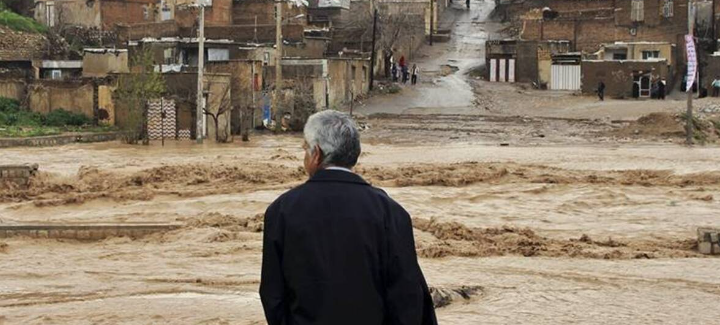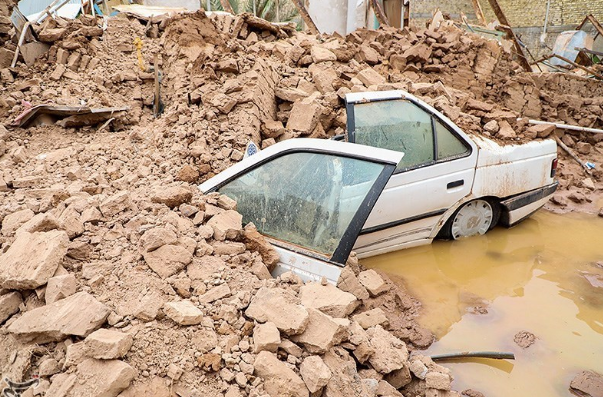July 29, 2022


Furthermore, flooding is not normally seen over just several days in so much of the country—21 of the country’s 31 provinces.
Tehran province was the worst hit with at least 35 deaths at scattered locations.
But the single most deadly case was a flash flood that swept down the small Rudbal river in Fars province, carrying off at least 15 cars and killing at least 22 people who had gone to the river’s banks to cool off on a hot summer day.

The Rudbal’s flash flood struck in the small city of Estahban in eastern Fars province, about 130 kilometers (80 miles) southeast of Shiraz. The governor of Estahban, Yusef Kargar, said the death toll was much higher than might have been expected because the flash flood came on a hot Saturday when hordes of people had gone to the riverbank seeking relief from the heat.
The flash flood July 23 was a smaller version of a horrifying flash flood in the city of Shiraz four years ago, when a wall of water speed down a major highway in a ravine, carrying off dozens of cars and killing 44 people.
The speed and danger of the Rudbal’s flash flood was the most dramatic outcome of a surprisingly large series of rain storms that fell on a country better noted for the cracked land that identifies it as a major drought area.
Estahban city Governor Kargar complained bitterly that the Meteorological Organization had failed to issue an adequately strong warning in advance. The organization protested and said it had warned of the possibility of heavy seasonal rain. But no one had anticipated the flash flood.
The Estahban area is particularly fertile and is best known as a major center of fig cultivation.
Another flash flood struck in the Tehran suburbs five days later. Rainfall caused a landslide in the Alborz mountains and the flashflood was a mix of mud and water that ran right down the main street in the tiny village of Emamzadeh Davoud, a community of only 200 people that lies 23 kilometers (14 miles) directly north of midtown Tehran and less than six kilometers (four miles) west of the Tochal ski resort.
The wall of mud killed at least eight people with 14 missing. Interior Minister Ahmad Vahidi said parts of the town were buried under four meters (13 feet) of mud. However, video of the scene showed one to two feet of mud covering the main street through the town and also inside the historic Safavid-era mosque for which the town is best known.
Another flood near Tehran inundated Firuzkuh, 140 kilometers (90 miles) east of Tehran. The Tehran province governor general said 10 people died there and 16 were still missing
The subway systems in Shiraz and Esfahan were shut down out of fear of rising waters flooding them. And the two major highways from Tehran to the Caspian, which are often closed in the winter for avalanches, were closed down out of fear of landslides caused by the water- soaked hillsides.
The Tehran Times said the rainfall in Sistan va Baluchestan province was the heaviest in 60 years, with Zahedan’s rainfall on July 26 equaling 30 percent of its normal annual rainfall.
The city of Yazd reported a flash flood July 28 after more than 5 centimeters (? inches) of rain fell that day; the city’s average annual rainfall is 4 centimeters (? inches). Video from near Yazd showed a flock of sheep being swept away by rushing floodwaters. A video taken inside Yazd showed an historic building wobbling and then crumbling to the ground, sending up a massive dust cloud. The damage to the historic section of Yazd was reported extensive.
